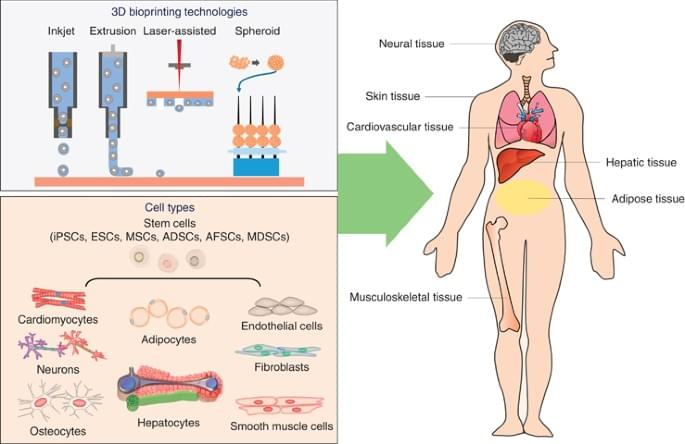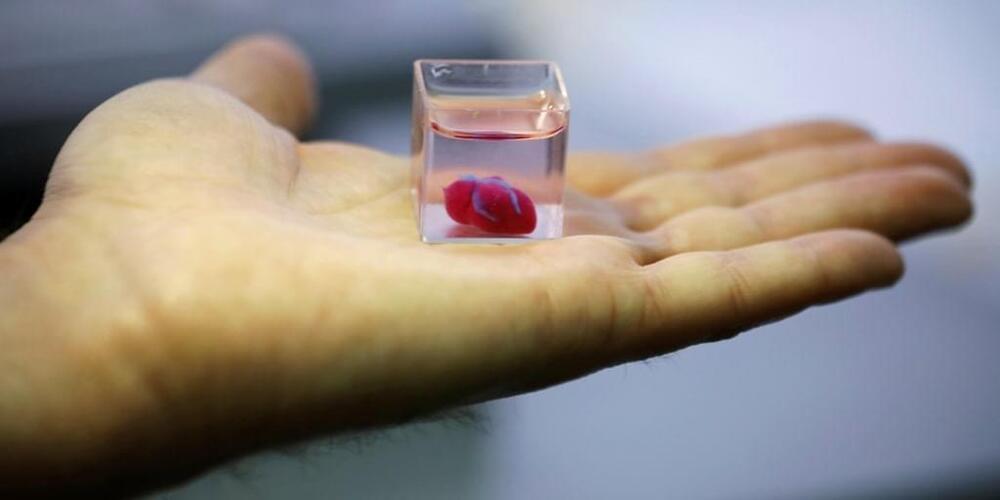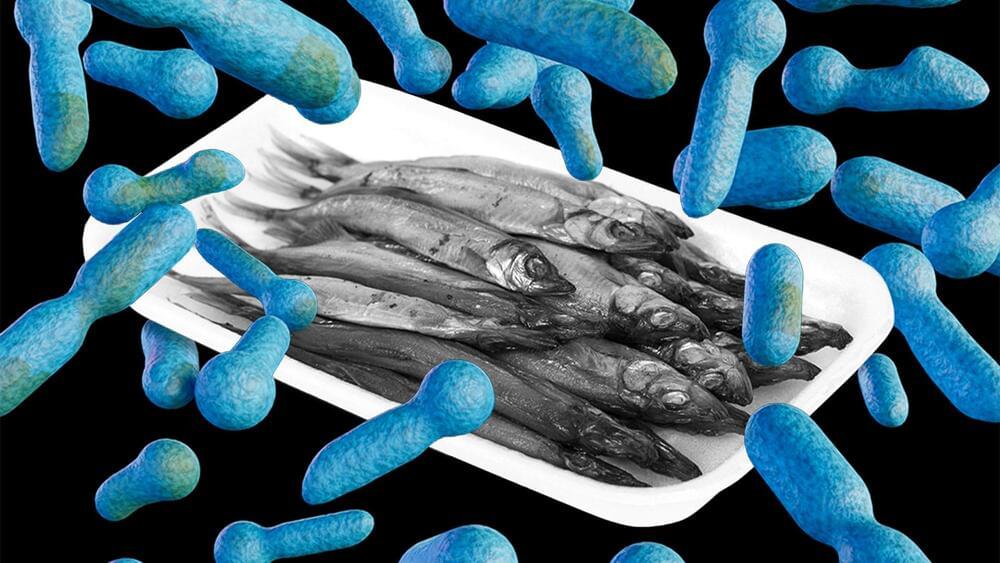Year 2018 face_with_colon_three
Pediatric Research volume 83, pages 223–231 (2018) Cite this article.

Year 2018 face_with_colon_three
Pediatric Research volume 83, pages 223–231 (2018) Cite this article.


In 2017, we brought you news of a world map purportedly more accurate than any to date, designed by Japanese architect and artist Hajime Narukawa. The map, called the AuthaGraph, updates a centuries-old method of turning the globe into a flat surface by first converting it to a cylinder. Winner of Japan’s Good Design Grand Award, it serves as both a brilliant design solution and an update to our outmoded conceptions of world geography.
But as some readers have pointed out, the AuthaGraph also seems to draw quite heavily on an earlier map made by one of the most visionary of theorists and designers, Buckminster Fuller, who in 1943 applied his Dymaxion trademark to the map you see above, which will likely remind you of his most recognizable invention, the Geodesic Dome, “house of the future.”
Whether Narukawa has acknowledged Fuller as an inspiration I cannot say. In any case, 73 years before the AuthaGraph, the Dymaxion Map achieved a similar feat, with similar motivations. As the Buckminster Fuller Institute (BFI) points out, “The Fuller Projection Map is [or was] the only flat map of the entire surface of the Earth which reveals our planet as one island in the ocean, without any visually obvious distortion of the relative shapes and sizes of the land areas, and without splitting any continents.”

A recent study reveals new insights into aurorae across Earth, Jupiter, and Saturn, highlighting the role of magnetic fields and solar winds in shaping these phenomena, with significant implications for space weather forecasting and planetary exploration.
The breathtaking aurorae, commonly known as the Northern and Southern Lights, have captivated human imagination for centuries. From May 10th to 12th, 2024, the most powerful aurora event in 21 years showcased the extraordinary beauty of these celestial light displays.
Recently, space physicists from the Department of Earth Sciences at The University of Hong Kong (HKU), including Professor Binzheng Zhang, Professor Zhonghua Yao, and Dr Junjie Chen, along with their international collaborators, have published a paper in Nature Astronomy that explores the fundamental laws governing the diverse aurorae observed across planets, such as Earth, Jupiter and Saturn. This work provides new insights into the interactions between planetary magnetic fields and solar wind, updating the textbook picture of giant planetary magnetospheres. Their findings can improve space weather forecasting, guide future planetary exploration, and inspire further comparative studies of magnetospheric environments.

Jupiter and Mars are about to get up close and personal to one another.
Look up to the sky early Wednesday morning and you’ll see what astronomers call a planetary conjunction. This is what is projected to happen when the bright giant gas planet gets a visit from the rocky red planet and the two celestial bodies appear to be close to one another, according to NASA.
“They’ll appear just a third of a degree apart, which is less than the width of the full Moon,” the U.S. space agency said in a skywatching roundup published July 31.


Aging is the major risk factor for the development of chronic diseases such as cardiovascular disease, cancer, diabetes, and dementia. Therefore, drugs that slow the aging process may help extend both lifespan and healthspan (the length of time that people are healthy).
In a study published online on February 29 in Medical Research Archives, Albert Einstein College of Medicine researchers evaluated U.S. Food and Drug Administration-approved drugs for their anti-aging potential. In ranking those drugs, they gave equal weight to preclinical studies (i.e., effect on rodent lifespan and healthspan) and clinical studies (i.e., reduced mortality from diseases the drugs were not intended to treat). The four therapeutics judged most promising for targeting aging were SGLT2 inhibitors, metformin, bisphosphonates, and GLP-1 receptor agonists. Since these drugs have been approved for safety and used extensively, the researchers recommend they be evaluated for their anti-aging potential in large-scale clinical trials.
The study’s corresponding author was Nir Barzilai, M.D., director of Einstein’s Institute for Aging Research, professor of medicine and of genetics and the Ingeborg and Ira Leon Rennert Chair in Aging Research at Einstein, and a member of the National Cancer Institute–designated Montefiore Einstein Comprehensive Cancer Center. The lead author was Michael Leone, a medical student at Einstein.
Ever wondered how intelligent AI could become by 2034? As we dive into this thought-provoking topic, we’ll explore the potential…

This new titanium heart has a mag lev inside to spin continuously and pump at the same rate as a normal heart.
Heart failure is a global epidemic affecting at least 26 million people worldwide, 6.2 million adults in the U.S., and is increasing in prevalence. Heart transplantations are reserved for those with severe heart failure and are limited to fewer than 6,000 procedures per year globally.
Consequently, the U.S. National Institutes of Health estimated that up to 100,000 patients could immediately benefit from mechanical circulatory support (MCS), and the European market is similarly sized. Without intervention, patients with severe HF have a bleak outlook. For these patients, drug therapy is a limited, relatively ineffective option. Although a heart transplant would meet their needs, only 6,000 donor hearts are available globally each year.
Implantation of a Total Artificial Heart (TAH) is a treatment option for patients with end-stage biventricular HF who need support while on a heart transplant waiting list. Removal of the native ventricles allows the device to completely replace the function of the native heart.

For the first time, the fully mechanical heart made by BiVACOR, which uses the same technology as high-speed rail lines, has been implanted inside a human being. The feat marks a major step in keeping people alive as they wait for heart transplants.
The total artificial heart (TAH) was implanted as part of an early feasibility study overseen by the US Food and Drug Administration. According to a statement from the Texas Heart Institute where the implantation surgery was carried out, the heart “is a titanium-constructed biventricular rotary blood pump with a single moving part that utilizes a magnetically levitated rotor that pumps the blood and replaces both ventricles of a failing heart.”
BiVACOR, which has been working on the device since 2013, says that the advantage of using a magnetically levitated rotor to drive the device’s blood-circulating function is that there is no friction, which can be such a damaging force to machinery that scientists are looking at ways to reduce its effects. The device is by no means the first artificial heart to be used – the first successful implant took place in 1969 – but it is the first to employ this novel use of maglev technology.